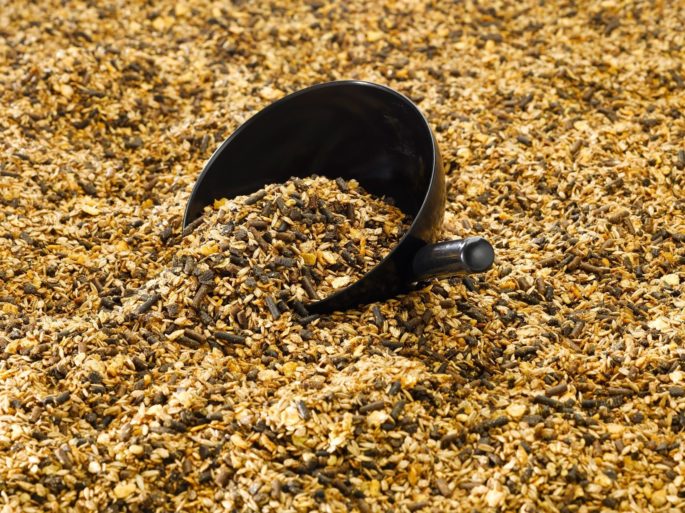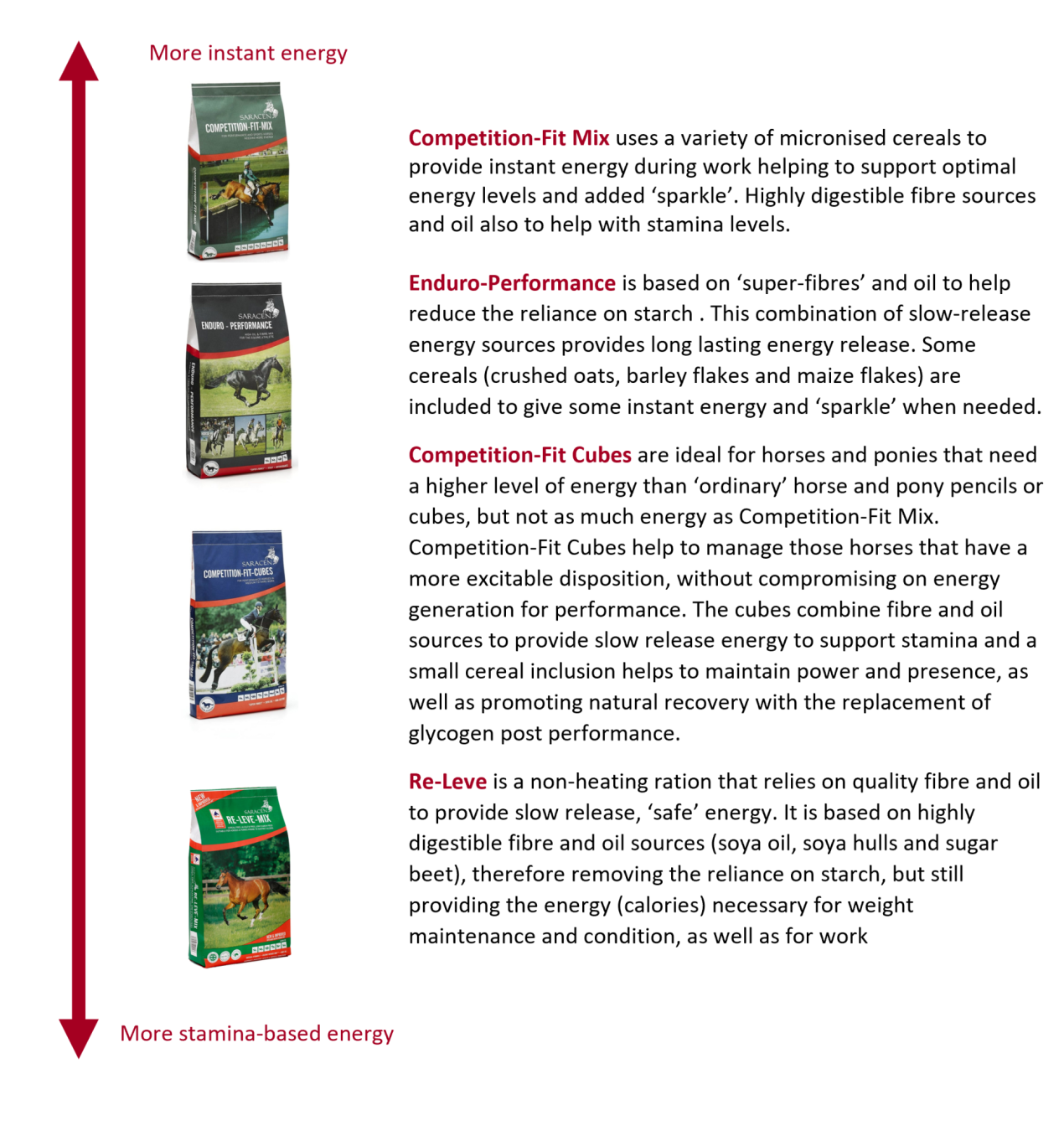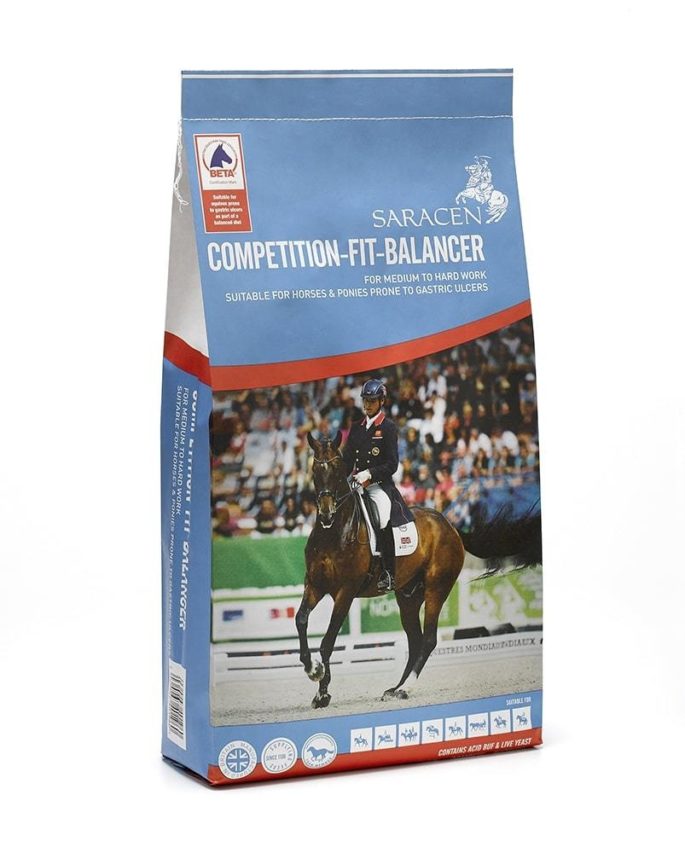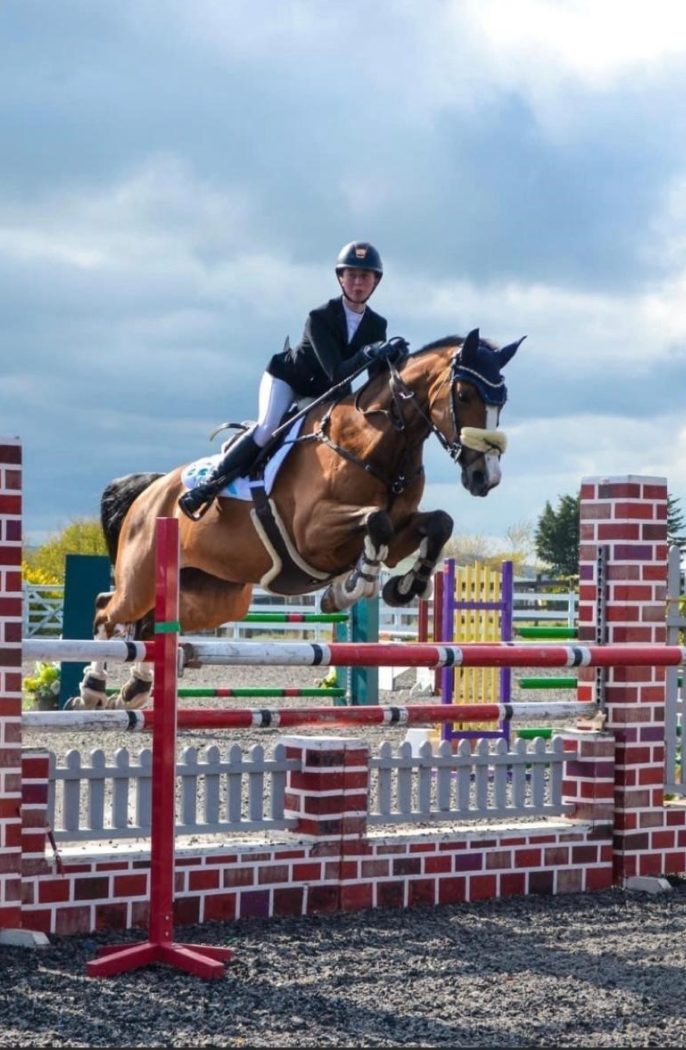Feeding For Energy
There may come a time when you feel as though your horse could do with some more energy. Before heading to the feed store to pick up a bag of ‘high energy horse feed’ it is important to think about what type of energy your horse requires. Does he need more instant energy, more stamina, or both! Depending on the type of energy your horse requires will help you to decide on which feed will be most suitable.

First things first
Before assuming your horse is lacking energy due to the hard feed there are a couple of things you should check.
• Is your horse fit enough for the work you are asking them to do?
• Are they overweight?
• Are they capable of doing the level of work you are asking of them?
• Are they receiving enough forage?
• Are they in pain somewhere?
It is worth checking all of these to ensure they are not a reason for the lack of energy you are seeing. In addition, if your horse’s lack of energy has been a sudden change, or you have tried addressing the problem with no results, do contact your vet to rule out any pain before assuming your horse is just lazy.
Feeding for Instant energy
In some cases, you may want to provide your horse with more instant energy. Maybe you are moving up the levels in dressage and need more energy for performing the more advanced moves. Maybe you are finding you need to nag your horse constantly to get them out of walk on a hack! Or maybe you need more energy to get a quicker round in the jump off.
When feeding for instant energy it is important to increase the starch levels of the diet. Starch is provided by cereals in the hard feed, such as oats, barley and maize. Enzymes in the small intestine quickly break down starch into glucose. This glucose is quickly absorbed into the bloodstream and can be used a ‘fastrelease’ or ‘instant’ energy. Any blood glucose that is not immediately used for work is stored in the muscles as glycogen for later use. Starch is also the best energy source for ‘topping up’ muscle glycogen stores after exercise periods as starch digestion results in a direct rise in blood glucose and insulin, two of the most important factors involved in glycogen synthesis.
To provide more instant energy find out the starch content of your current feed and swap to a feed with a higher level. You can also check the feed label for cereal inclusion. The ingredients on the label are listed in order of inclusion so if oats, barley or maize are the first few ingredients you see this will be a feed that will provide a high level of instant energy.
DID YOU KNOW?
FEEDING FOR STAMINA
When feeding to improve stamina levels look for ingredients that supply slow release energy, such a high levels of fibre and oil. Fibre is broken down via fermentation in the hindgut of the horse by microflora. As the microflora break down the fibre they produce volatile fatty acids (VFAs) which are absorbed into the bloodstream. They can then either be used immediately to provide slow-release energy for the work being done or transported to the liver to be converted to glycogen which is then stored in the muscles and liver for energy use at a later stage. This is a slow process that creates slow-release energy, for controlled energy and improved stamina levels. All fibre your horse eats is broken down in this manner showing the importance of feeding high levels of forage, such as grass, hay and haylage.

When feeding to improve stamina levels look for ingredients that supply slow-release energy, such a high levels of fibre and oil. Fibre is broken down via fermentation in the hindgut of the horse by microflora. As the microflora break down the fibre, they produce volatile fatty acids (VFAs) which are absorbed into the bloodstream. They can then either be used immediately to provide slow-release energy for the work being done or transported to the liver to be converted to glycogen which is then stored in the muscles and liver for energy use at a later stage. This is a slow process that creates slow-release energy, for controlled energy and improved stamina levels. All fibre your horse eats is broken down in this manner showing the importance of feeding high levels of forage, such as grass, hay and haylage.
For your hard feed look at the ingredients list on the label for a high inclusion of soya hulls, alfalfa (lucerne) and beet pulp. These ingredients are known as ‘Super-fibres’; highly digestible fibre sources that provide as much energy as cereal grains but from a slow-release energy source. This also makes this type of diet ideal for horses that can be prone to excitable or fizzy behaviours when fed more traditional, cereal based high energy feeds.
The other energy sourced used to improve stamina levels is fat/oil. Although horses would not have a high oil diet in a wild situation, they are well adapted to digest oil with studies showing that horses can be fed as much as 20% overall fat in their diet with no ill effects. High oil diets can also be fed to horses with an increased risk of digestive, metabolic or behavioural issues to provide a source of ‘safe’ energy. Oil improves stamina in the horse as it has a ‘glycogen sparing’ effect. If high levels of oil are fed this energy is used before the glycogen that is stored in the muscles. This effectively provides the horse with an additional source of energy to use during exercise periods, providing an overall larger energy reservoir. Horses not fed a high oil diet will tap into their muscle glycogen earlier than those with a high oil diet leading to earlier fatigue.
It is worth noting that it can take 3 – 6 weeks for horses to adapt to a high fat diet so do not expect to see results overnight if feeding fat for energy!



REMEMBER ENERGY = CALORIES
If your horse is a good-doer feeding the full feeding rate of a high energy fed is likely to lead to weight gain, which will not help with energy levels! If this is the
case, we will often suggest feeding a balancer, such as Competition-Fit Balancer or Shape-Up™, to provide the nutrients needed for good health and wellbeing. In
some cases, you can then add a small quantity of a higher energy feed to the diet without increasing the risk of weight gain. If you are looking at providing your
good-doer with more energy do contact qualified nutrition advisor on how best to do this with encouraging weight gain!


Download a PDF of this fact sheet for future reference.
Download nowFeed Advice Form
Complete our online form to receive a detailed nutritional plan for your horse or pony from one of our registered nutritionists.
Stockist Finder
Enter your postcode to find your nearest Saracen Horse Feed stockist.











